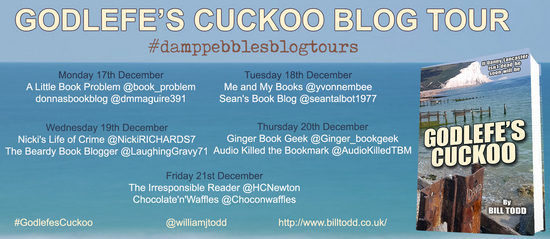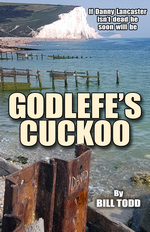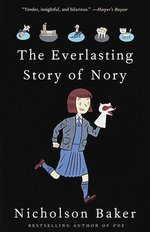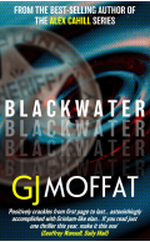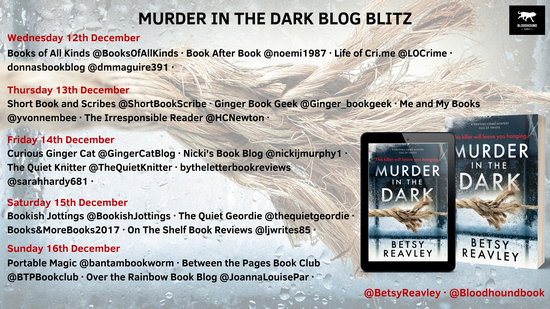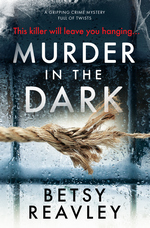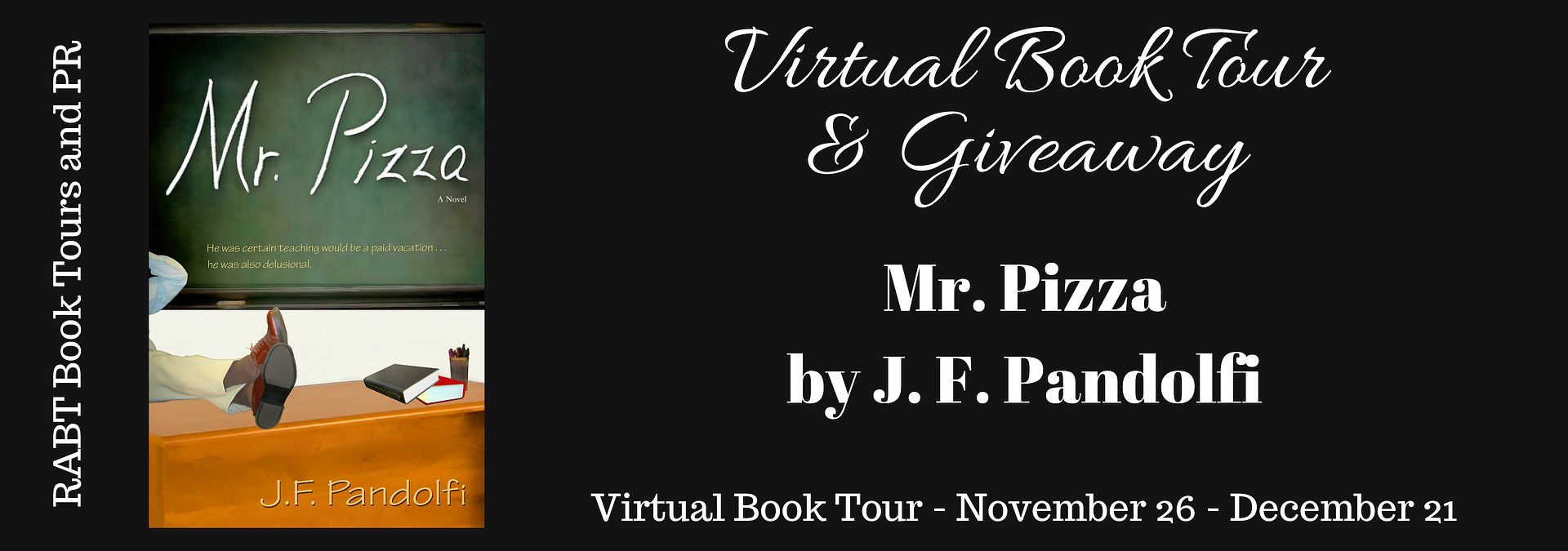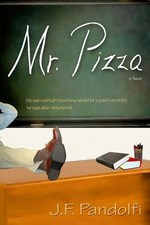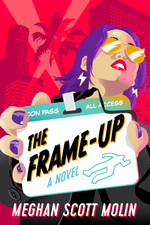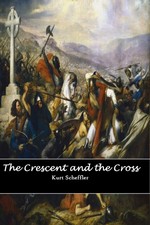 The Crescent and the Cross
The Crescent and the Cross
by Kurt Scheffler
ebook
2014
Read: December 20 – 24, 2018

I normally reserve disclaimers for the end of a post — but I’m going to start this post with one. I’ve met Kurt Scheffler, he seems like a good guy. He has taught every one of my children, is currently teaching two of them, and will be teaching one for the next three years. He’s beloved in my house and the impact that he’s had on my kids is almost incalculable. Also, one of my kids bought this for me — not in a “hey, here’s an easy way to get brownie points” kind of move; but a “I know someone who wrote a book, my dad likes books, I should combine those things” kind of way. So basically, I’m trying to say that I have every reason to airbrush what I’m about to say, but I’m going to try to not do that. Also, no parent wants to see one of their kid’s teachers use the word “whoring” that much.
This is the story of The Battle of Tours (in 732) and events leading up to it, told through the lives of people close to Charles Martel and Charles on the one hand and a couple of the leaders of the Muslim forces involved in the Arab invasion of France. Specifically, that’s Charles, his longtime friend, his sons, his mistress, and some children who are adopted by a close associate and are practically part of his household; and then the son of the Caliph and Abderrahman.
It’s your typical historical fiction, blending historical events and fictionalized events into one narrative. I really liked some of the characters a lot, and the ones I had no patience for were the one’s the book doesn’t want you to enjoy. I’m not convinced that I didn’t like them for the same reasons I wasn’t supposed to like them — it wasn’t their less-than-savory characteristics, but their portrayal. But still, that’s better than many novels are able to pull off.
I’m not going to try to summarize the plot more thoroughly than that, or talk about any of the particular characters — this post would quickly become too long to bother with. The story takes awhile to coalesce — it almost feels like the novel couldn’t decide what it was going to be about for the first half — it started trying to be X, then it became Y, then Z and quickly A, B, and finally settling on being C (I might have exaggerated a bit there, the book might have settled on B). That’s how it felt, I should say. In retrospect, I don’t think that was the case, it was simply taking it’s time (arguably too much) setting the stage and establishing the characters before launching into the major story.
That said, I found myself enjoying each version of the story the novel gave us along the way, and when it seemed to shift into a different story, I was disappointed to leave X, Y or Z — at least until I got into the new version. Scheffler can tell a story, that’s clear. He’s skilled at sucking you in and feeling what he wants you to.
I do have a few quibbles with the book — I’ll only talk about a few. My notes are full of question marks when we got a historical particular, I just wasn’t sure if he got the timing on some things correct. There’s a lot of anachronisms — for example, Pascal’s wager a few centuries early (sure, someone could’ve said it before Pascal — but it seemed a bit off); some statements about equality that sounded like Martin Luther King, Jr.’s rough drafts; and people holding opinions/values that I just can’t accept given the time (mostly benign things, I should add, like a noblewoman baking as a hobby). The villains might as well be wearing black hats and twirling mustaches, while the “heroic” characters are subtly drawn and live in the gray — I just wish the villains got the same treatment. Practically every character is very aware of the historical significance of the struggle they’re part of — particularly when it comes to the ultimate (and impending) battle between Charles Martel’s and Abderrahman’s armies. I don’t doubt that sometimes individuals understand how vital a role they play in the grand scheme of things, but this seemed a bit overkill (or this is a case of one of the greatest conglomerations of narcissists ever).
There’s redemption, personal reformation, romance, action against a sweeping historical backdrop — there’s something for almost everyone here. Could this book have been better? Yes. Given the themes, the scope, the characters, the setting — there’s a lot more that Scheffler could’ve done here. Also, it would’ve been very easy to make this incredibly dull and/or hack-y. Scheffler avoided that — and I’m very happy about that. In the end, we’re left with something in the middle — an entertaining work with a few problems. You’ll keep turning the pages to see what he does with the characters, but you’ll wonder a little about the background and details. At worst (or best?) this’ll spur you to further reading on the history of the period after reading Scheffler’s fictional take. Really can’t complain about that, right? I’m glad I read it.
—–

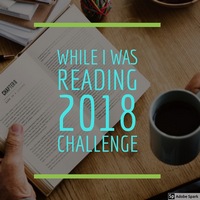 |
 Read a book you received as a gift. Read a book you received as a gift.
|


